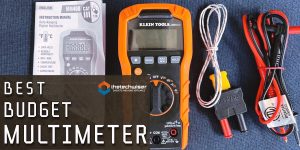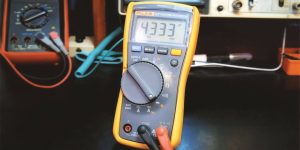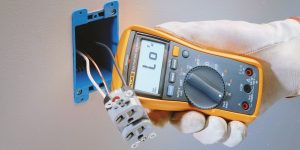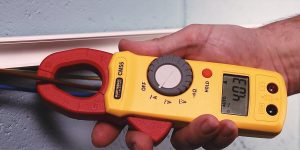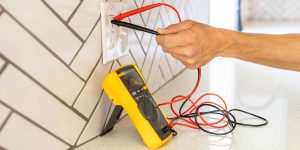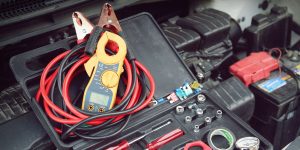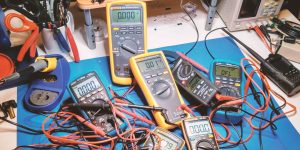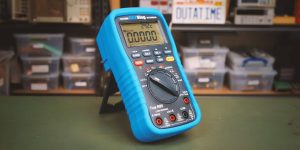If you’re experiencing problems with your electrical system, it’s important to track down the source of the issue. One common problem is a short circuit, which can cause everything from blown fuses to a complete power failure.
A multimeter can help you locate the source of a short circuit quickly and easily. Here’s how to use one to find a short circuit in your electrical system.
What is a short circuit?
A short circuit is an electrical circuit that allows current to travel through it without resistance. It can happen if there is a circuit break or the wires are touching each other. Short circuits can cause electrical fires, so it’s important to know how to find them and fix them.
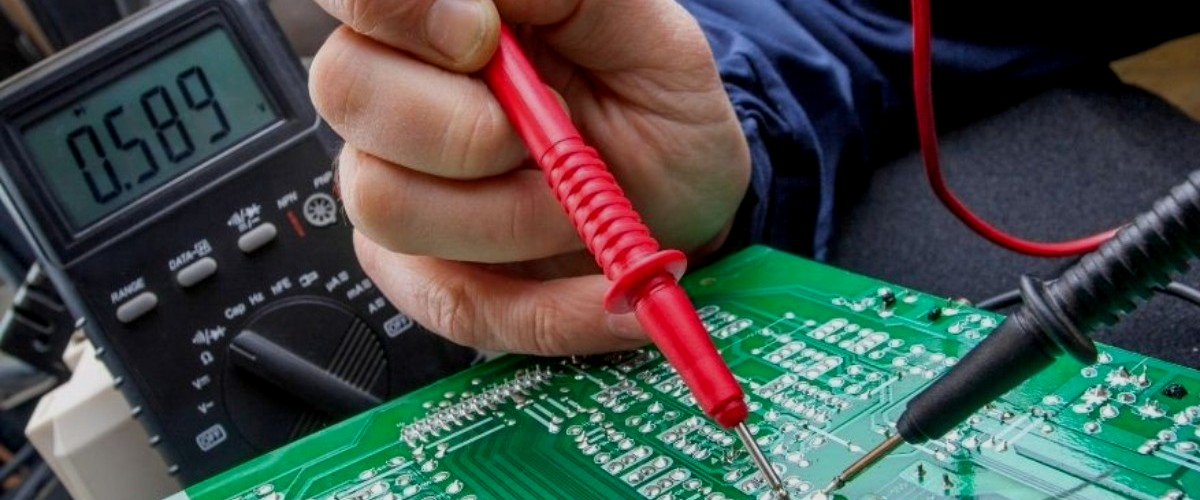
What causes a short circuit?
There are a few different things that can cause a short circuit:
A loose connection
It can happen if a wire becomes disconnected from an outlet or switch. It can also happen if a wire is not properly connected to a fuse or breaker.
Damaged insulation
It can happen if wires become frayed or damaged. It can also happen if there is water damage to the insulation.
A faulty appliance
It can happen if an appliance has a short in its electrical system.
How to find a short circuit with a multimeter?
There are six steps you need to follow:
Prepare to test
Turn off the power to the circuit you’ll be testing. Because safety is always our number one priority, it’s important to make sure there is no power running through the wires before you begin. Once the power is off, you can remove any covers or panels that will give you access to the wires.
Turn back the power on
Now, you’ll need to turn the power back on. But before you do, make sure you’re wearing rubber gloves and standing on a dry surface. Once the power is back on, touch one lead of your multimeter to the hot wire and touch the other lead to the ground wire or metal box.
Turn on the multimeter
Some multimeters have a dedicated continuity setting, while others have a resistance setting. If your multimeter has a continuity setting, you’ll want to use that. If it doesn’t, you can use the resistance setting.
Calibrate the multimeter
Now, you’ll need to calibrate the multimeter. You can do this by touching the leads together and ensuring the multimeter reads 0 ohms. If it doesn’t, you’ll need to adjust the dial until it does.
Test the wires
Once you’ve calibrated the multimeter, you can begin testing the wires. To do this, touch one lead to the hot wire and touch the other lead to the ground wire or metal box. If there is continuity, the multimeter will beep or make a similar sound.
If there is no continuity, the multimeter will not beep. It means there is no short circuit, and you can move on to the next wire. If there is resistance, the multimeter will give you a reading in ohms. If there is no resistance, the multimeter will give you zero reading. It’s important to test each wire 3-5 times to make sure there is no intermittent short.
Stop the test
Once you’ve found the short circuit, you can stop the test. To do this, simply turn off the power to the circuit. You can then make the repairs necessary to fix the short circuit. After the repairs have been made, you can turn the power back on and test the circuit again.
Fix the short circuit
Once you’ve found the wire that’s causing the short circuit, you’ll need to repair or replace it. If the wire is damaged, you’ll need to cut out the damaged section and splice in a new piece of wire.
If the wire is loose, you’ll need to reconnect it. You’ll need to tighten or replace the wires if the problem is a loose connection. You’ll need to repair or replace the insulation if the insulation is damaged.
And if the appliance is causing the short circuit, you’ll need to have it repaired or replaced.
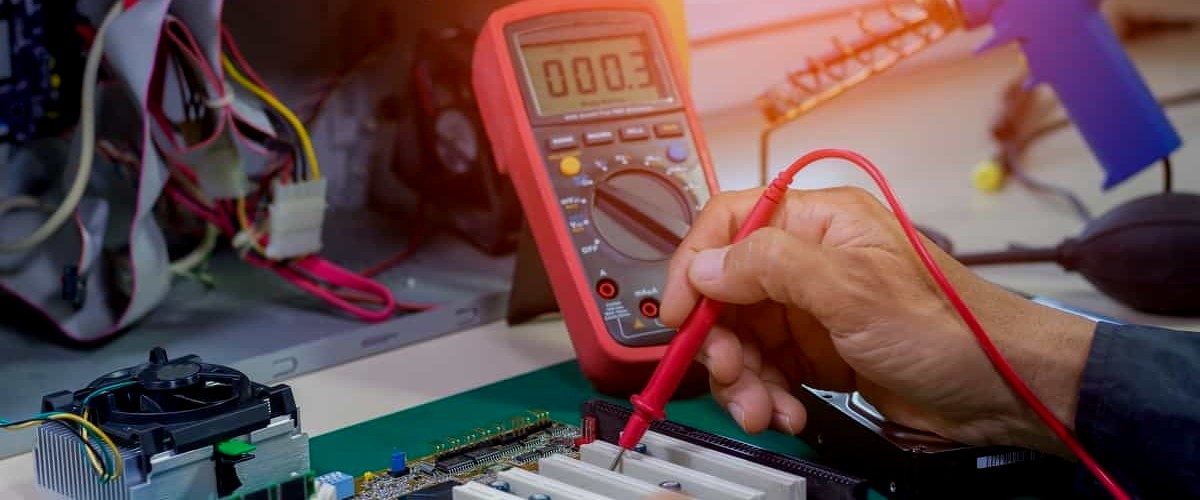
Tips on how to troubleshoot electrical problems
Here are a few tips on how to troubleshoot electrical problems:
- Check the circuit breaker or fuse box first. If a circuit breaker trips or a fuse blows, there is likely an electrical problem.
- Unplug all appliances and electronics from the affected circuit if you have an electrical problem. It will help prevent further damage.
- Use a multimeter to test for continuity, resistance, and voltage. It will help you identify the problem and make the necessary repairs.
- If you’re unsure how to fix the problem, call an electrician. They can help you troubleshoot the problem and make the necessary repairs.
- Be safe! Always turn off the power before you begin any repairs. And make sure you’re standing on a dry, non-conductive surface.
Tips how to prevent a short circuit
- Use surge protectors.
- Avoid overloading outlets.
- Use the correct size and type of wire for your project.
- Inspect wires and electrical components regularly for damage.
- Do not use damaged or frayed electrical cords.
- Do not use extension cords on a permanent basis.
- Do not daisy chain extension cords.
- Do not staple or nail electrical cords to walls or floors.
- Never overload circuit breakers or fuses.
- Call a professional electrician if you have any doubts about your electrical system.
Short circuits can be dangerous, so it’s important to know how to find them and fix them. But, with some knowledge and the right tools, you can keep your home or office safe from electrical fires. Just remember to always consult a professional electrician if you’re unsure of what to do.
We are supported by our audience. When you purchase through links on our site, we may earn an affiliate commission at no extra cost to you.
Our newsletter
* We will never send you spam or share your email with third parties



